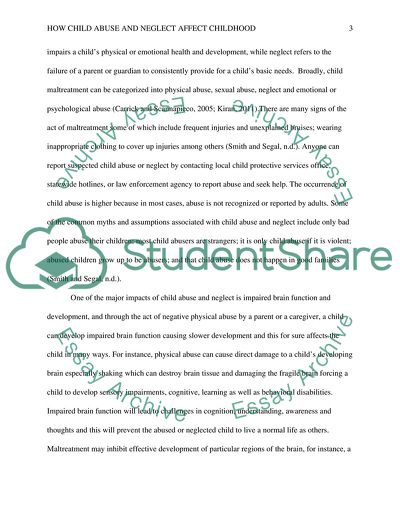Cite this document
(How Child Abuse and Neglect Affect Childhood Essay, n.d.)
How Child Abuse and Neglect Affect Childhood Essay. https://studentshare.org/law/1805898-how-child-abuse-and-neglect-affect-childhood
How Child Abuse and Neglect Affect Childhood Essay. https://studentshare.org/law/1805898-how-child-abuse-and-neglect-affect-childhood
(How Child Abuse and Neglect Affect Childhood Essay)
How Child Abuse and Neglect Affect Childhood Essay. https://studentshare.org/law/1805898-how-child-abuse-and-neglect-affect-childhood.
How Child Abuse and Neglect Affect Childhood Essay. https://studentshare.org/law/1805898-how-child-abuse-and-neglect-affect-childhood.
“How Child Abuse and Neglect Affect Childhood Essay”. https://studentshare.org/law/1805898-how-child-abuse-and-neglect-affect-childhood.


